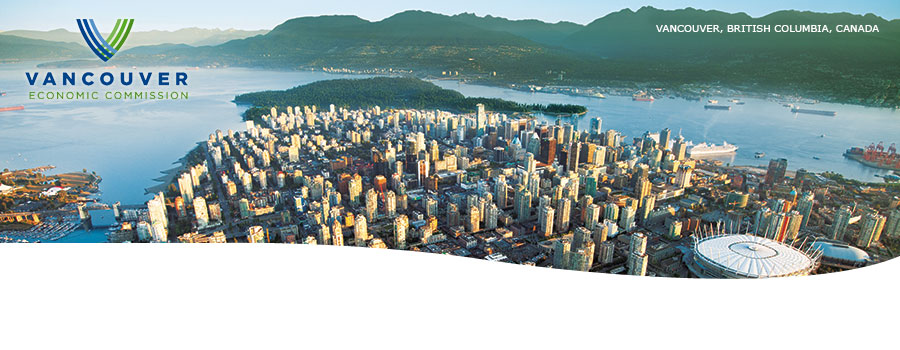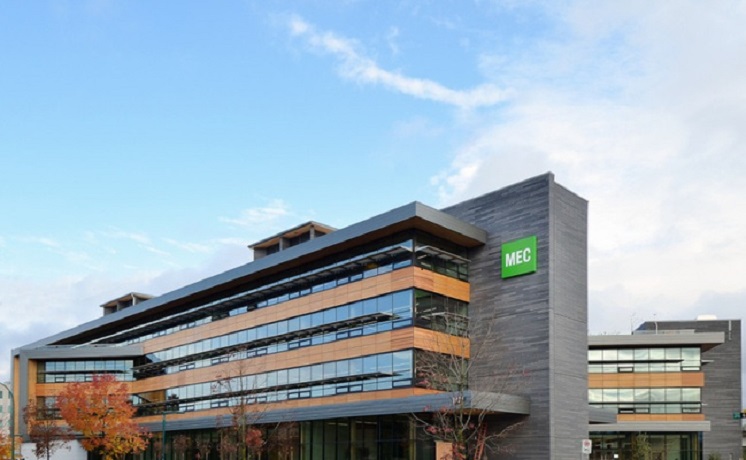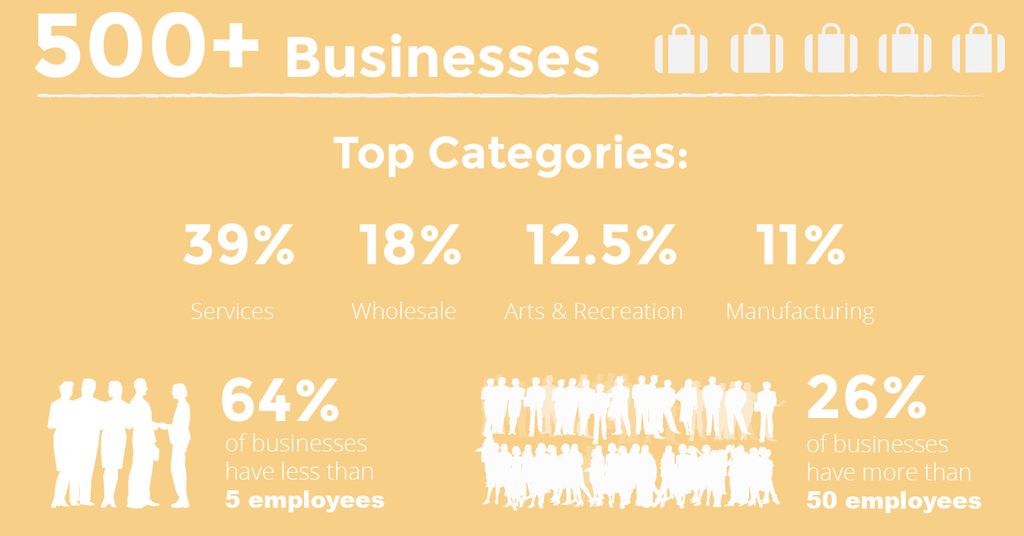
In the heart of Vancouver, there is a community known as False Creek Flats. A former tidal flat at the end of the False Creek inlet, which seperates it from the city's downtown area, this region was once a hub of industrial activity and a major stop for both the Canada-Pacific Railway and the Great Northern Railway.
Towards the end of the 20th century, however, the Flats began to fall into disuse as shifts in the Canadian economy and the disappearance of the manufacturing sector turned it into an underused area characterized by agining infrastructure and a lack of interest. However, in recent years, it has once again transformed into hub, one which is dedicated to innovation, green technology and sustainability.
With this influx of business has come many new residents and entrepeneurs that are committed to developing emerging industries. In fact, False Creek Flats is now home to over 500 businesses, more than 8000 jobs and makes up 15% of Vancouver’s industrial land base.The area has also undergone quite a few changes thanks to the development of new educational institutions, an influx of technology and R&D-based businesses.
Recently, the City of Vancouver partnered with RADIUS (RADical Ideas, Useful to Society) - a social innovation lab and venture incubator based at the Beedie School of Business at Simon Fraser University - to develop and launch the first Vancouver Incentive Challenge, currently in pre-registration.
While the guidelines have yet to be determined, the parameters of this challenge will be focused geographically on False Creek Flats and thematically on solving a meaningful societal or environmental problem impacting Vancouverites. This is all in keeping with the city's reputation for economic development that does not unnecessarily impact the natural environment.
 Through a series of initiatives, the VEC seeks to make Vancouver the greenest city in the world by 2020. Credit: vancouvereconomic.com.
Through a series of initiatives, the VEC seeks to make Vancouver the greenest city in the world by 2020. Credit: vancouvereconomic.com.
The co-location of like-minded businesses for the purposes of sharing resources, reducing costs, and capitalizing on business relations has also been a major source of revitalization, and some of the cities biggest business have even taken notice.
Once such business is Mountain Equipment Co-op, one of Canada's largest outdoor outfitting and receation companies. Given its commitment to environmental protection and cooperative economics, it is little wonder why the business has chosen to relocate its Vancouver headquarters to the Flats, where 300 of its 820 provincial staff will now be stationed.
This $28 million, four-storey, 36,576 square-meter (112,000 square-foot) complex, which is located on Great Northern Way near the VCC-Clark Skytrain station, was built in accordance with the Leadership in Energy and Environmental Design (LEED) Platinum standard - the highest level possible according to the U.S. Green Building Council (which operates the LEED program).

MEC's new Vancouver headqaurters, which is located in False Creek Flats, is home to 300 of the provinces 820 employees. Credit: biv.com
The building itself is also a testament to smart energy usage and sustainability, as demonstrated by features like its water recycling program - where ainwater is stored, reused and then captured in gardens - and a series of underground geo-thermal wells that provide heating. Internal sensors save on energy consumption by monitoring sunlight to automatically lower and raise blinds and switch lights on and off.
In addition, Vancouver's Greenest City Action Plan and Economic Action Strategy (an initiative spearheaded by the Vancouver Economic Commission) have designated the Flats as a prime location for their work. These intiatives, which seek to make Vancouver the greenest city in the world by 2020, are looking to establish what they call a "Green Enterprise Zone" - an area that will showcase green innovation, green buildings and infrastructure, sustainability-related industries, attract green capital, and evolve into "the greenest place to work in the world".
Through these actions - which are outlined in the Green Enterprise Zone Quick-Start Roadmap - the VEC is hoping to facilitate a shift toward a greener, more innovative, and more economically sustainable future for the Flats and for the city of Vancouver as a whole. This represents a big challenge, and as such, the VEC has been seeking support and input from the public.

The Flats are home to more than 500 businesses and 8000 jobs dedicated to innovation and sustainability. Credit: falsecreekflats.ca
Towards that end, and in partnership with the Centre for Digital Media, the Commission launched an interactive storytelling website for the False Creek Flats area last June. The website tells the story of the area, highlighting its role as an industrial center and a focal point for Canadian railways, before speaking about the transformation that has taken place in the last few years.
Through short films, infographics and animations the website takes the viewer through the natural history of “the Flats” to the emerging vision for its bright green future. They also tell how, due to its strategic environmental position, the Flats has the potential to become the first industrial zone that consumes more waste than it produces and produces more energy than it consumes.
In the end, the story of False Creek Flats is merely one of several indications of Vancouverites commitment to sustainable development. In recent years, and despite a reported 18% growth in its economy and a 27% increase in population, the city has cut greenhouse gas emissions to 5% below their 1990 levels.
In addition, the city is powered by electricity that is generated here in BC - 93% of which comes from renewable sources - and it boasts the greenest building code in North America. But if it is are going to become the "greenest city in the world" by 2020, there is always room for improvement and new ideas.
And be sure to check out this video of the history of the False Creek Flats, courtesy of falsecreekflats.ca:
Top Image Credit: Mark Ashby Architecture
Sources:
- HeroX.com/Vancouver
- falsecreekflats.ca/
- www.radiussfu.com/
- beedie.sfu.ca/radius/
- www.vancouvereconomic.com/page/green-enterprise-zone
- markashbyarchitecture.com/city-interrupted-reconnecting-the-false-creek-flats/
- www.biv.com/article/2014/10/mountain-equipment-co-op-moves-new-false-creek-fla/
- www.vancouvereconomic.com/userfiles/file/Attachments/Greenest-city-action-plan.pdf
- www.vancouvereconomic.com/userfiles/file/Attachments/VEAS-economic-action-strategy.pdf
- www.vancouvereconomic.com/vedcnews/new-interactive-website-tells-the-story-of-vancouver's-false-creek-flats








